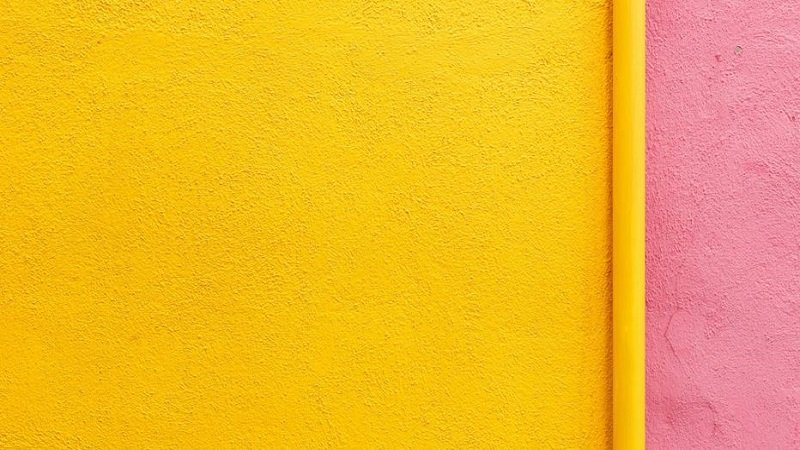Color Combinations That Go Under the Radar in Home Design

Stuck between a rock and a hard place—or in home design terms, between plain white and beige? Fear not, adventurous decorators. The chromatic symphony of earthy tones, muted pastels, and jewel tones is your vivacious ticket out of monochromatic despair.
Recognizing Underappreciated Color Palettes
Without leaping into the lime green or mustard yellow walls, we can still inject personality into our homes. Earthy tones, such as olive, terracotta, and mustard, present a comforting and organic ambiance, transforming any space into a peaceful retreat from the external hustle.
Muted pastels take the sugary sweetness out of traditional pastel shades, offering a grown-up version of these soft colors. Think dusty rose, misty blue, and lavender fields in the evening. When applied to walls or furniture, they evoke tranquility and make a room feel spacious and airy.
Jewel tones, meanwhile, are the home decor equivalent of a red-carpet entrance. We’re talking colors that are opulent yet not overwhelming when used with restraint. Let’s experiment with shades such as emerald, sapphire, and amethyst. You can also infuse it with a sense of luxury and depth, enhancing its elegance and sophistication.
Tips for Experimenting with Unconventional Color Schemes
One of the delicate arts of home design is not just about what color to pick, but also about how you combine them – use reference color charts, for starters. The 60-30-10 rule is your trusty map here too. It suggests dividing the colors in a room into dominant (60% of the room’s color), secondary (30%), and accent colors (the remaining 10%). This helps maintain a visual balance and guides you from splashing too much of bold tones or just the right amount.
If you’re skeptical about how certain colors might affect the mood and use of a particular room, consider color psychology. Each tone has its own personality, so to speak. For example, warm hues like red and orange are energetic and can be perfect for spaces that foster social interaction, such as the living room. Cool blues and greens, on the other hand, are calming and ideal for creating a serene sleeping or working environment.
Bear in mind, the general guideline suggests initiating with minor, non-binding decorative elements such as accent walls or furniture items to assess how the new colors integrate with your space and way of living. Should you be prepared, consider incorporating vibrant accessories like cushions, vases, and artwork to imbue your residence with a character that is both unique and welcoming.
In essence, color serves as a potent instrument in interior design, capable of elevating a space from mundane to elegant, and from uninspired to vibrant. By daring to depart from conventional white and beige walls, by blending earthy tones, muted pastels, and jewel tones, you can paint your home into the masterpiece you envision. After all, life is too short for blank walls.


